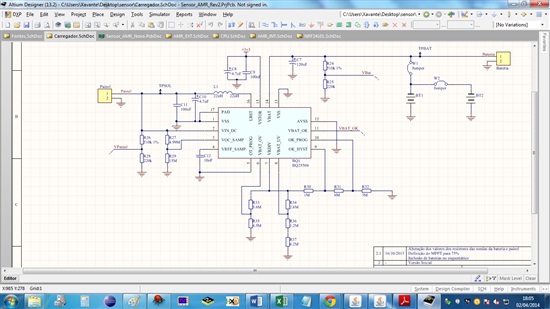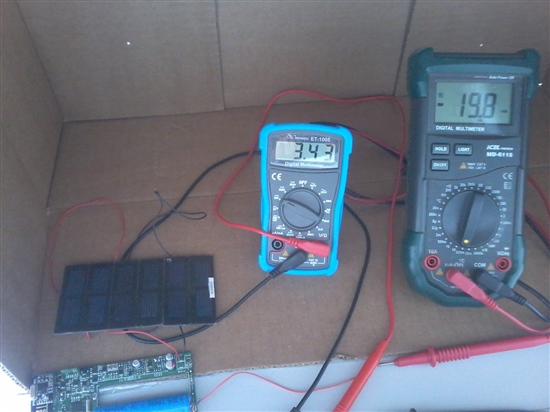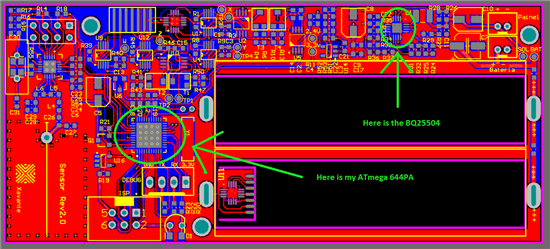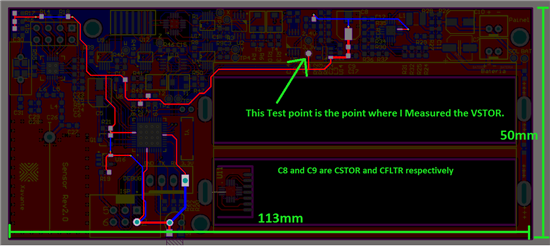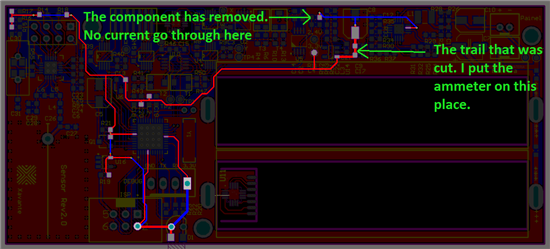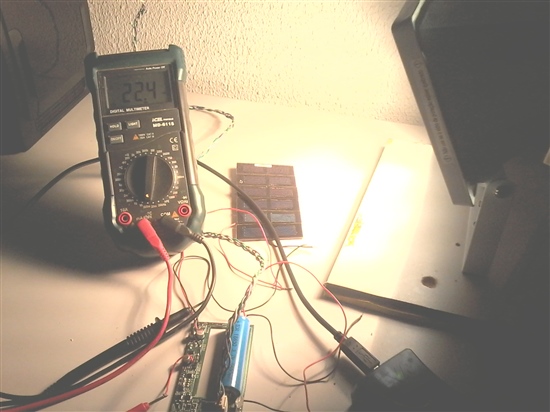Hi everyone.
I'm having a serious problem with the BQ25504 and I need a little help. About the MPPT, the datasheet at 14 page says.
...the boost converter modulates the effective impedance of the energy transfer circuitry to regulate the
input voltage (VIN_DC) to the sampled reference voltage (VREF_SAMP). A new reference voltage is obtained
every 16s by periodically disabling the charger for 256ms and sampling a ratio of the open-circuit voltage.
My problem is, each time that the CI disables the charger, the voltage on Vstor drops. It is a big problem because, when this occurs, the Brown-Out Detector of my microcontroller reset it. I can't disable the MPPT because I'm using solar panels (the sun incidence is so much irregular).
I'm using a battery of 3,7V with 3800mAh. At first, I thought it was a problem in the battery. However, the problem occurs even with a fully charged battery. My circuit is exactly as the circuit of page 6 of datasheet.
I tried to put a supercapacitor at Vstor pin in parallel with the Cstor and Cfltr but the voltage transient don’t disappeared.
Have anyone any idea to help me to put a finish on this voltage transient?
And sorry for my english, its not very good yet.
Thanks.


